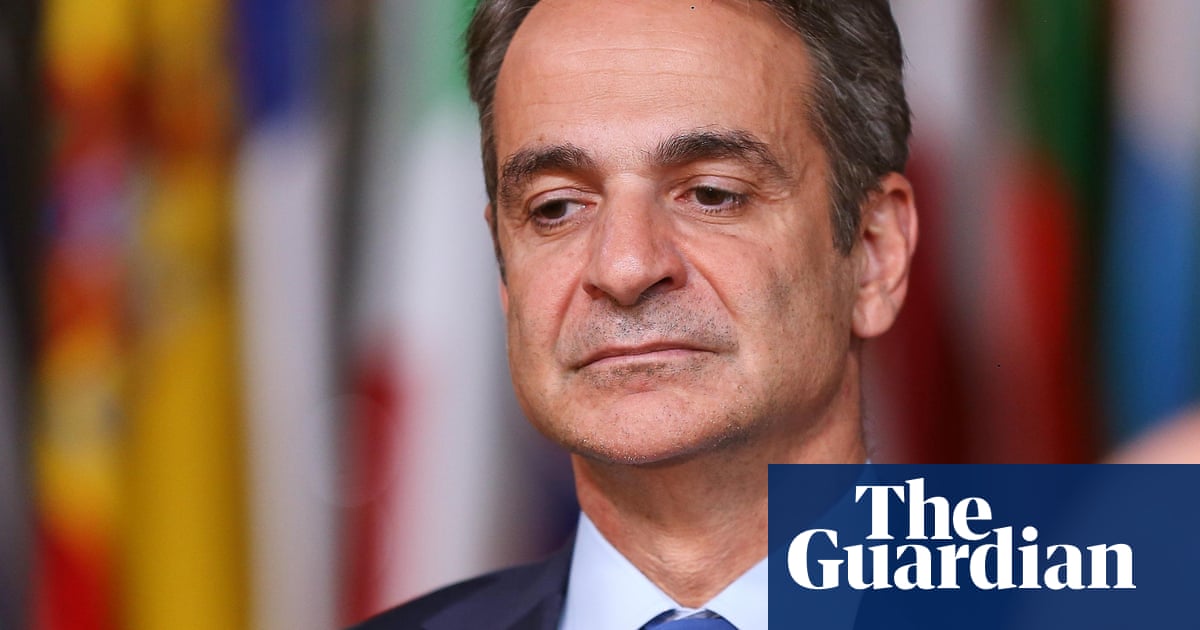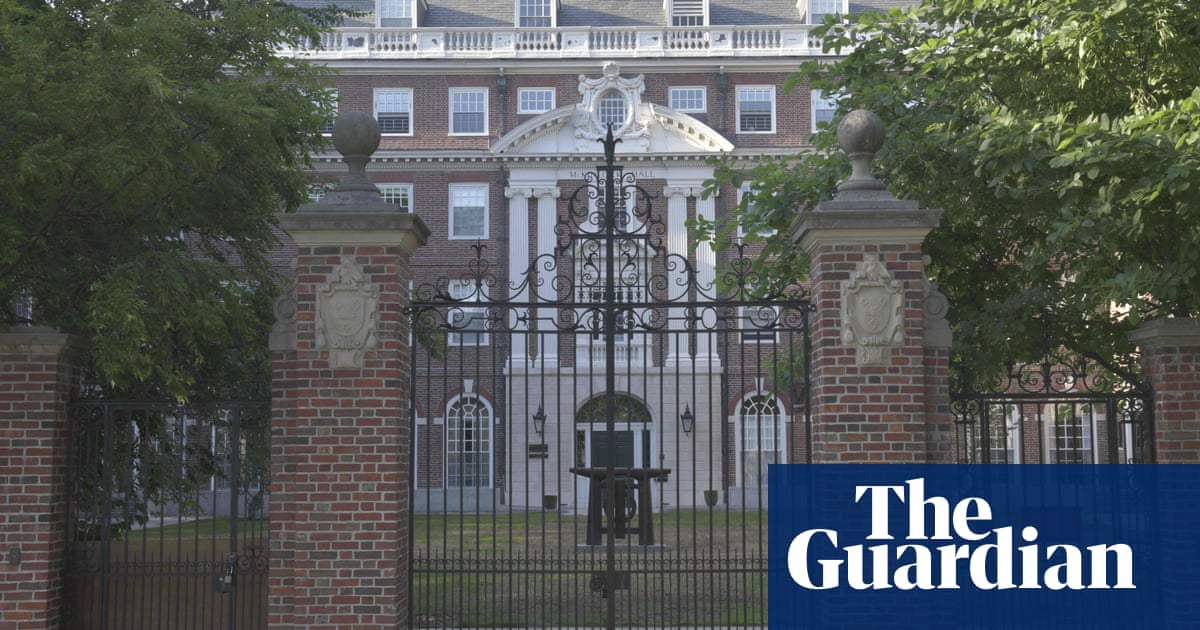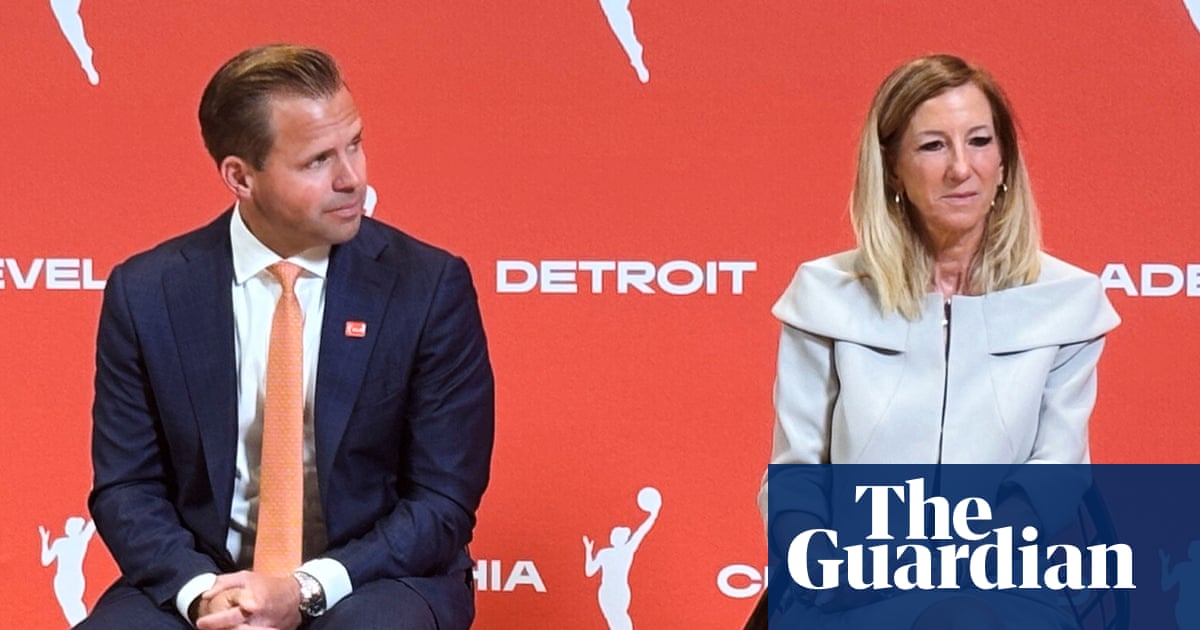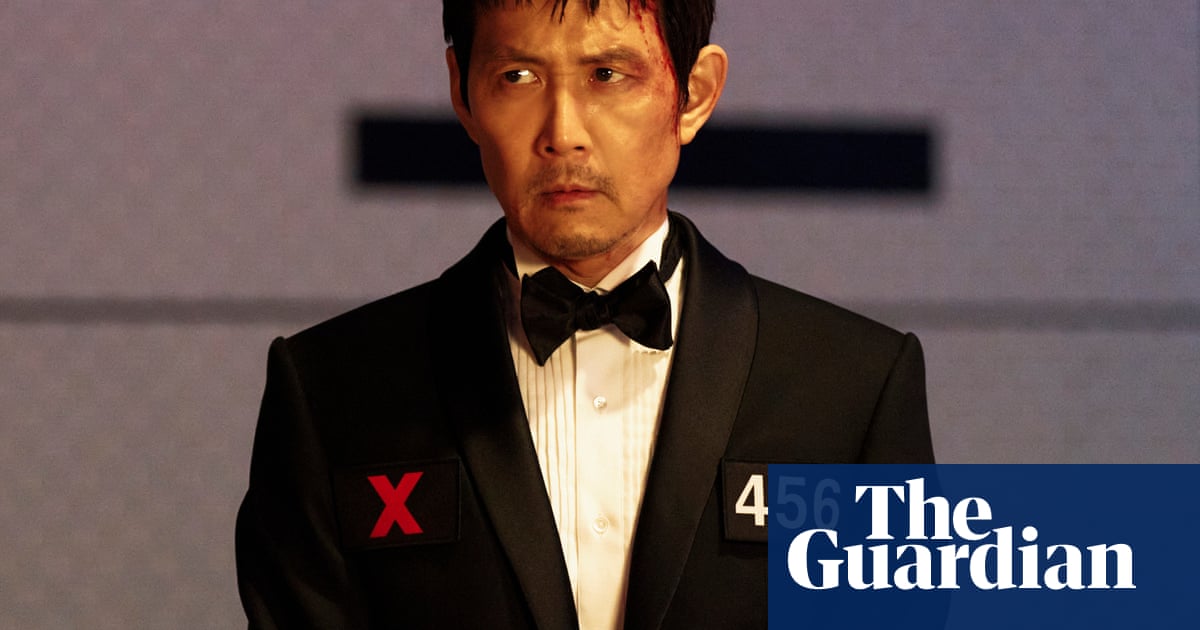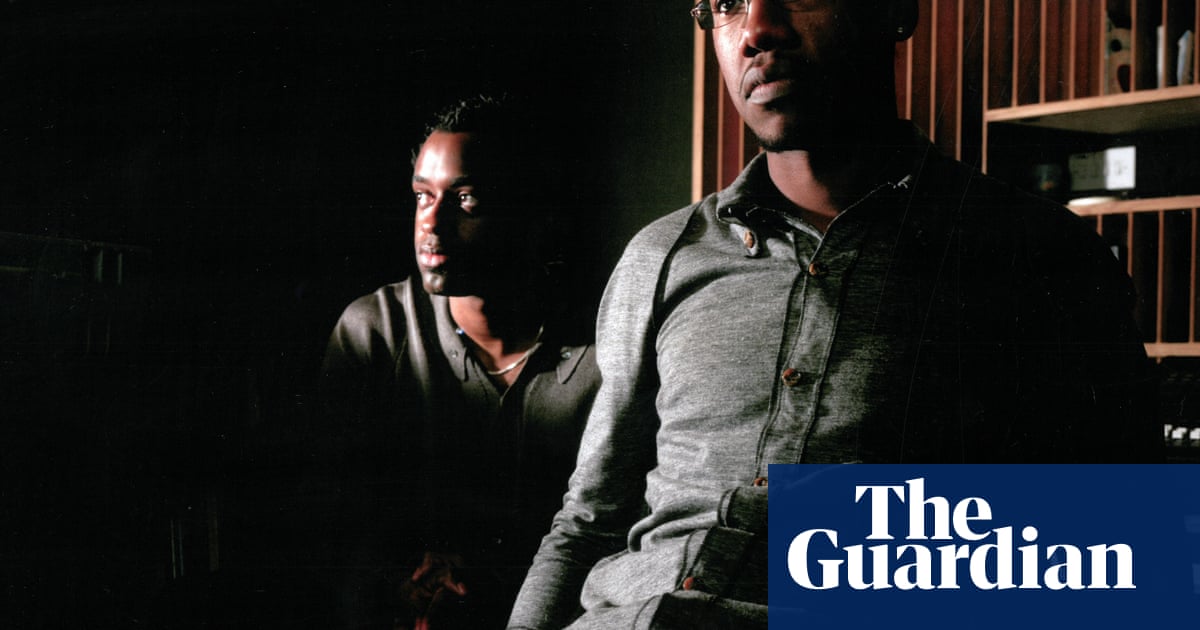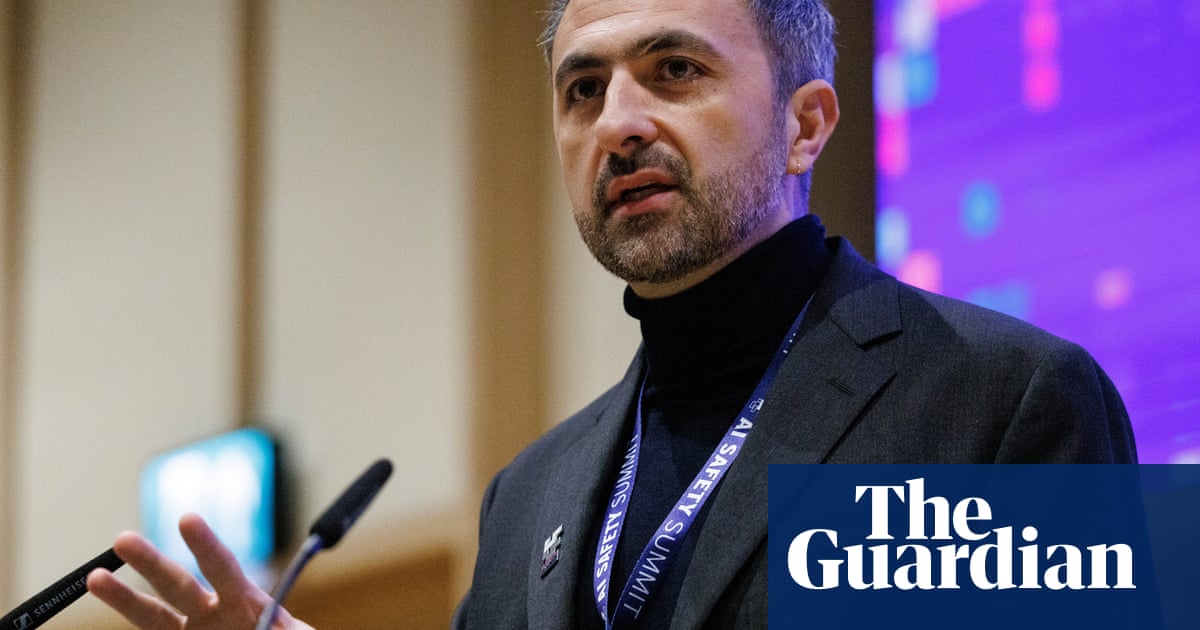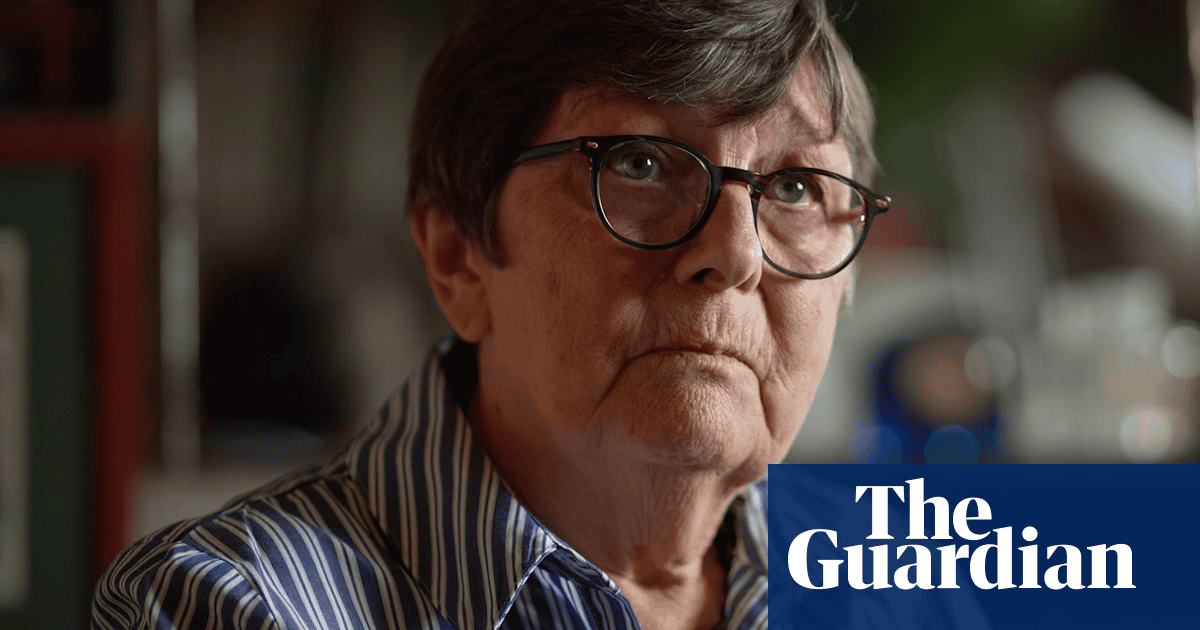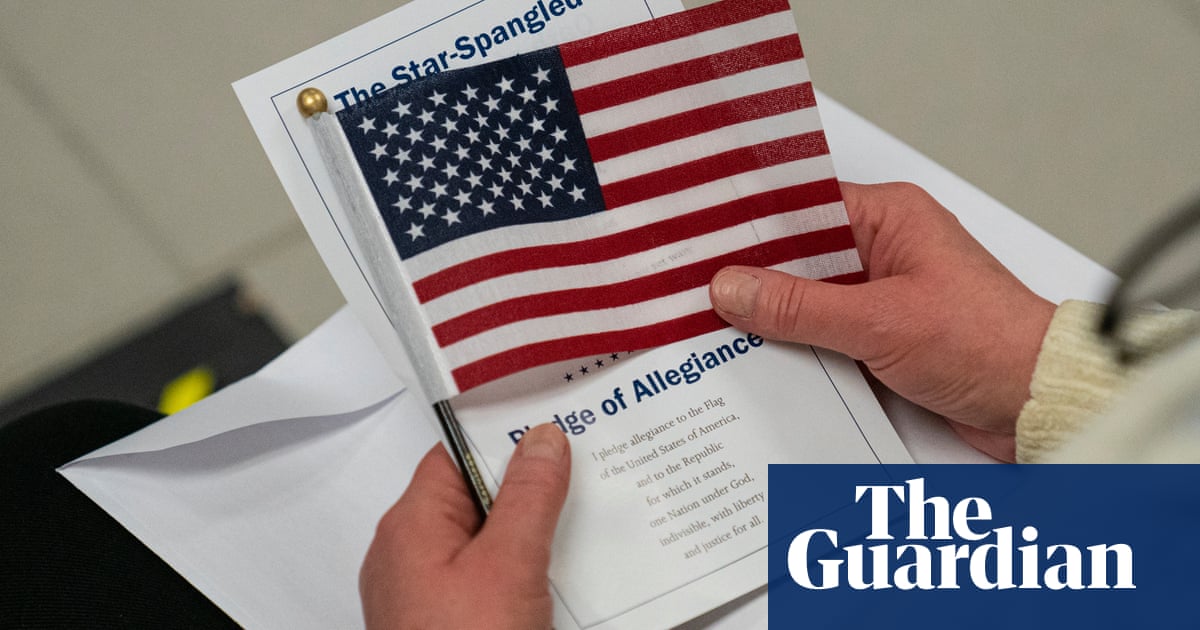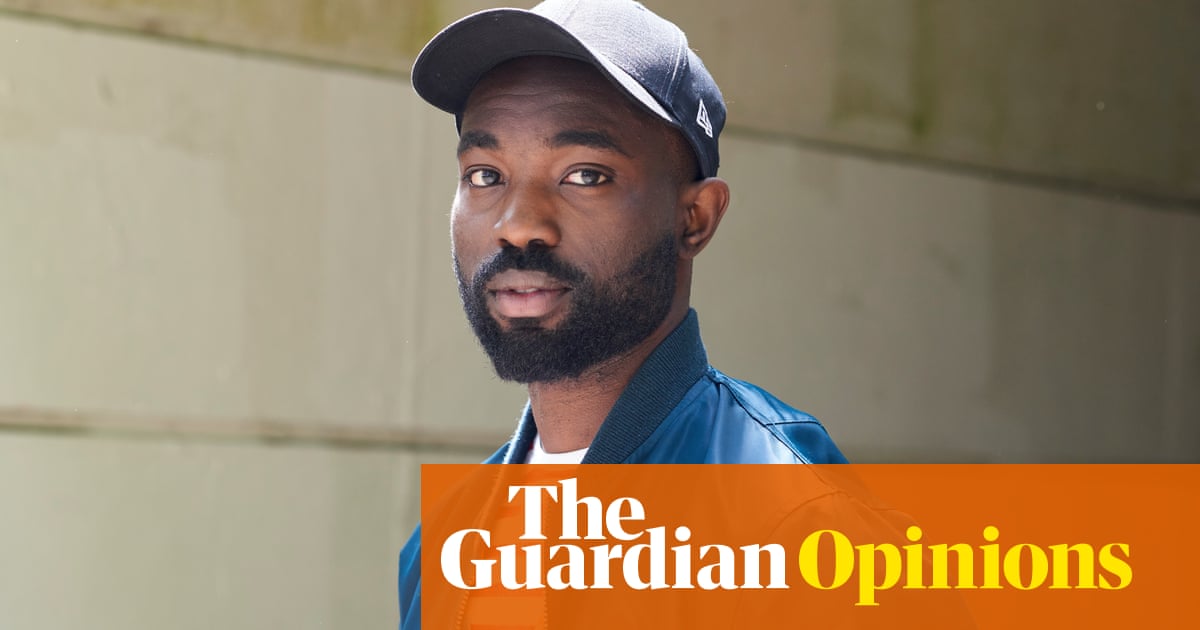The last time a New York City jury sat in judgment of Harvey Weinstein, the ex-movie studio boss was convicted of rape and sentenced to 23 years in prison.
Five years later, that landmark #MeToo verdict is gone – wiped away on appeal – and Weinstein is set to go on trial again, beginning Tuesday with jury selection.
New York’s highest court, the court of appeals, overturned Weinstein’s conviction and ordered a new trial, finding that improper rulings and prejudicial testimony tainted his original one in 2020. That ruling gave Weinstein a second chance to fight the charges and do so in a different atmosphere than his first trial, which was held in the middle of a global reckoning over sexual misconduct.
Weinstein, 73, who has pleaded not guilty and denies that he raped or sexually assaulted anyone, is older and more frail, in and out of the hospital regularly for a variety of health problems. He’s now far removed from when he was among the most powerful men in the movie business.
Even if he is acquitted, he will not walk free.
Weinstein is also appealing a 2022 rape conviction in Los Angeles. His 16-year prison sentence in that case still stands, though his lawyers said he needs to be resentenced because the since-vacated New York conviction factored into how his punishment was calculated.
Weinstein is being retried on two charges from his original trial. He is accused of raping an aspiring actor in a Manhattan hotel room in 2013 and performing a criminal sex act by forcing oral sex on a movie and TV production assistant in 2006.
He is also charged with one count of criminal sex act based on an allegation from a woman who was not a part of the original trial. That woman, who has asked that she not be named publicly, alleges that Weinstein forced oral sex on her at a Manhattan hotel.
Speaking outside the courthouse on Tuesday, that accuser’s lawyer, Lindsay Goldbrum, said one thing would become “crystal clear” from her client’s upcoming testimony at the trial: “This was not consensual. This was sexual assault with force.”
“I am confident that there will be justice in this case,” Goldbrum told reporters, adding that her client was resolved to testify. “It is important for women everywhere and for people who are victims of sexual assault everywhere that others pave the way and show their dedication in this fight against sexual assault.”
Judge Curtis Farber has set aside at least four days for jury selection and expects opening statements and the start of testimony next week.
The judge, prosecution and defense will work to whittle a massive pool of potential jurors down to the 18 people – 12 jurors and six alternates – needed for the trial by asking questions and seeking to eliminate anyone they feel can’t judge the case fairly.
Selecting a jury will involve bringing in around 80 potential jurors at a time for two basic screening questions.
The judge will ask for a show of hands from anyone who has work, family or other obligations that will prevent them from serving. He’ll then ask for a show of hands from anyone who feels they can’t be impartial based on the nature of the charges or news coverage.
Anyone who raises a hand will be sent home, Farber has said.
Those who remain will be seated in or near the jury box, 24 at a time, and asked additional questions about things like their education, work, and whether anyone they know is in law enforcement or has been a victim of a crime.
Prosecutors and Weinstein’s lawyers will each have 40 minutes to question each subset of 24 potential jurors. Often, lawyers will use that time to follow up on things raised in earlier questioning or zero in on concerns about potential biases.
Either side can ask the judge to dismiss a potential juror. If too many jurors are dismissed, another group will be brought in and the process will repeat until the full jury is seated.

 2 months ago
48
2 months ago
48





